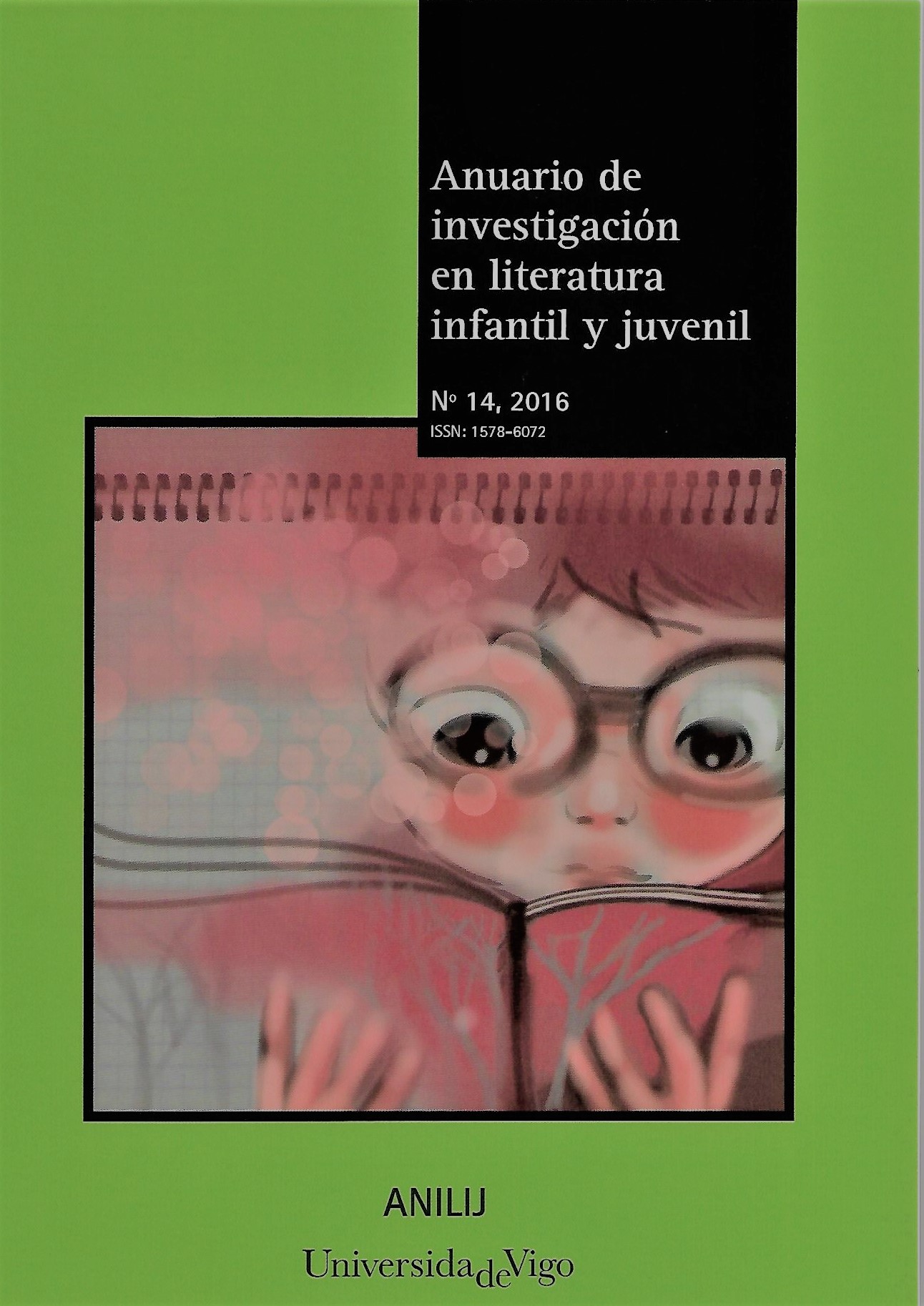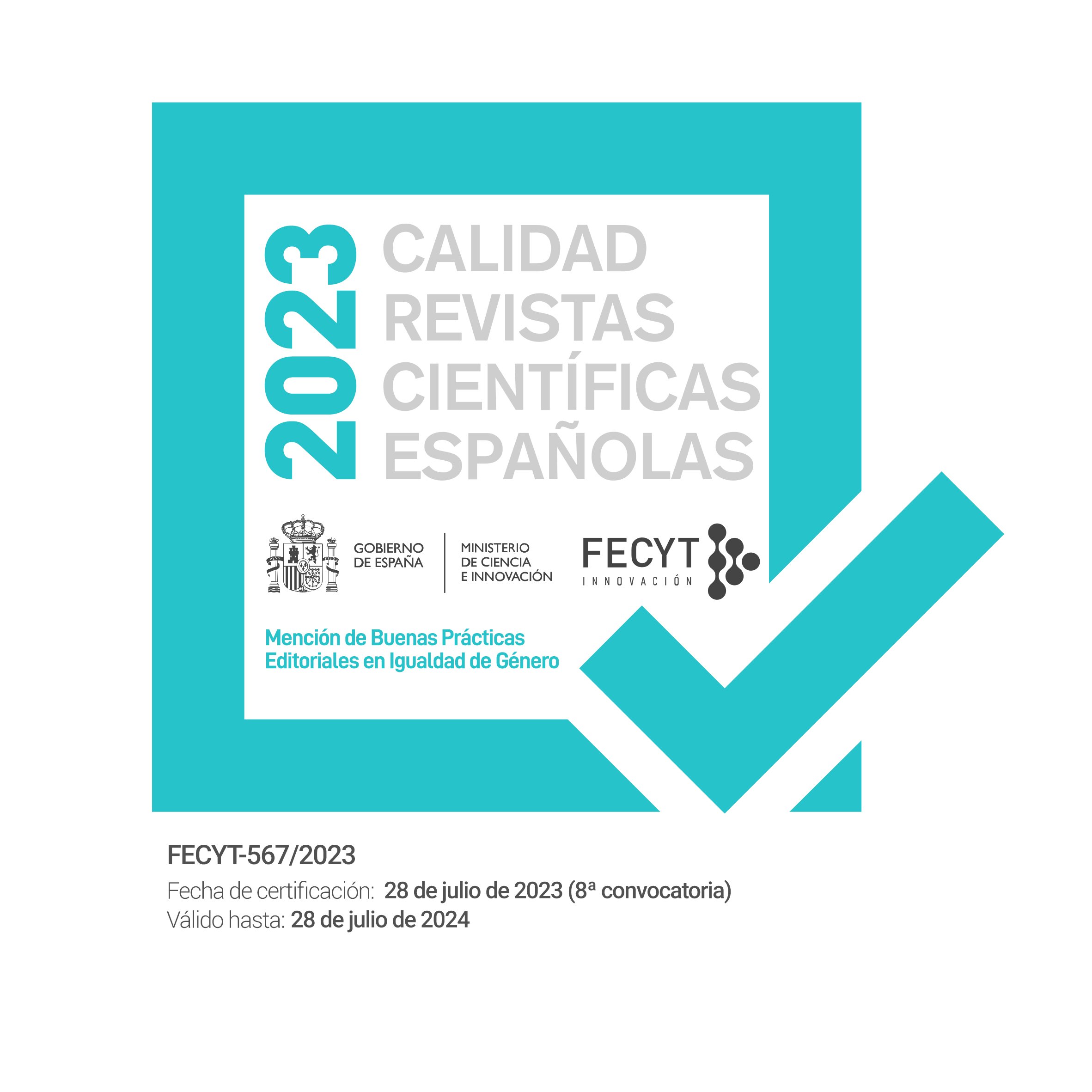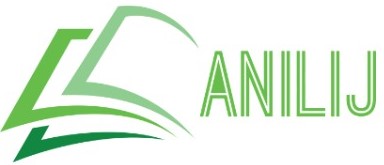The hunger games: a dystopian, intertextual and symbolic world
Keywords:
The Hunger Games, the classics, war, 'reality TV', dystopiaAbstract
In recent years the success of children's and youth literature has passed from book covers to the big screen. These adaptations have become box-office hits and socio-cultural phenomena. Some examples are Harry Potter (2001), The Chronicles of Narnia (2005), Twilight (2008) or, more recently, The Hunger Games (2012). This analysis focuses on the trilogy The Hunger Games, written by Suzanne Collins and comprised of The Hunger Games, Catching Fireand Mockingjay. The trilogy presents a view of the world in a future time in which, after a civil war, the inhabitants of the fictitious Panem live under the oppression of a dictatorship. This study includes an analysis of intertextuality in The Hunger Games, particularly in its audiovisual adaptation, as well as an analysis of the allusions to the classics, war and "reality TV' by means of the characters, their names and dystopia.
Downloads
Downloads
Published
Issue
Section
License
Anuario de Investigación en Literatura Infantil y Juvenil has been published in open access from 2019 (vol. 17). The journal allows the authors to retain publishing rights. Authors may reprint their articles in other media without having to request authorization, provided they indicate that the article was originally published in Anuario de Investigación en Literatura Infantil y Juvenil. The journal holds the copyright of printed issues (volumes 0-16).





